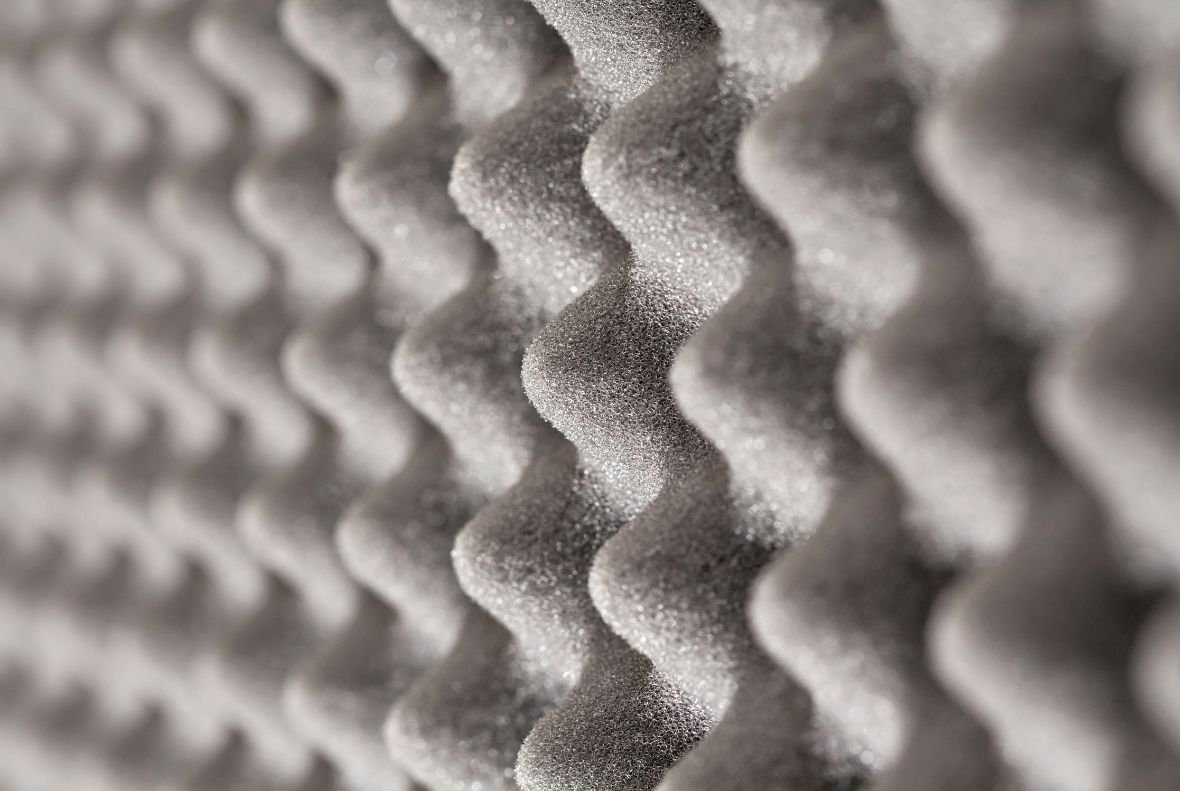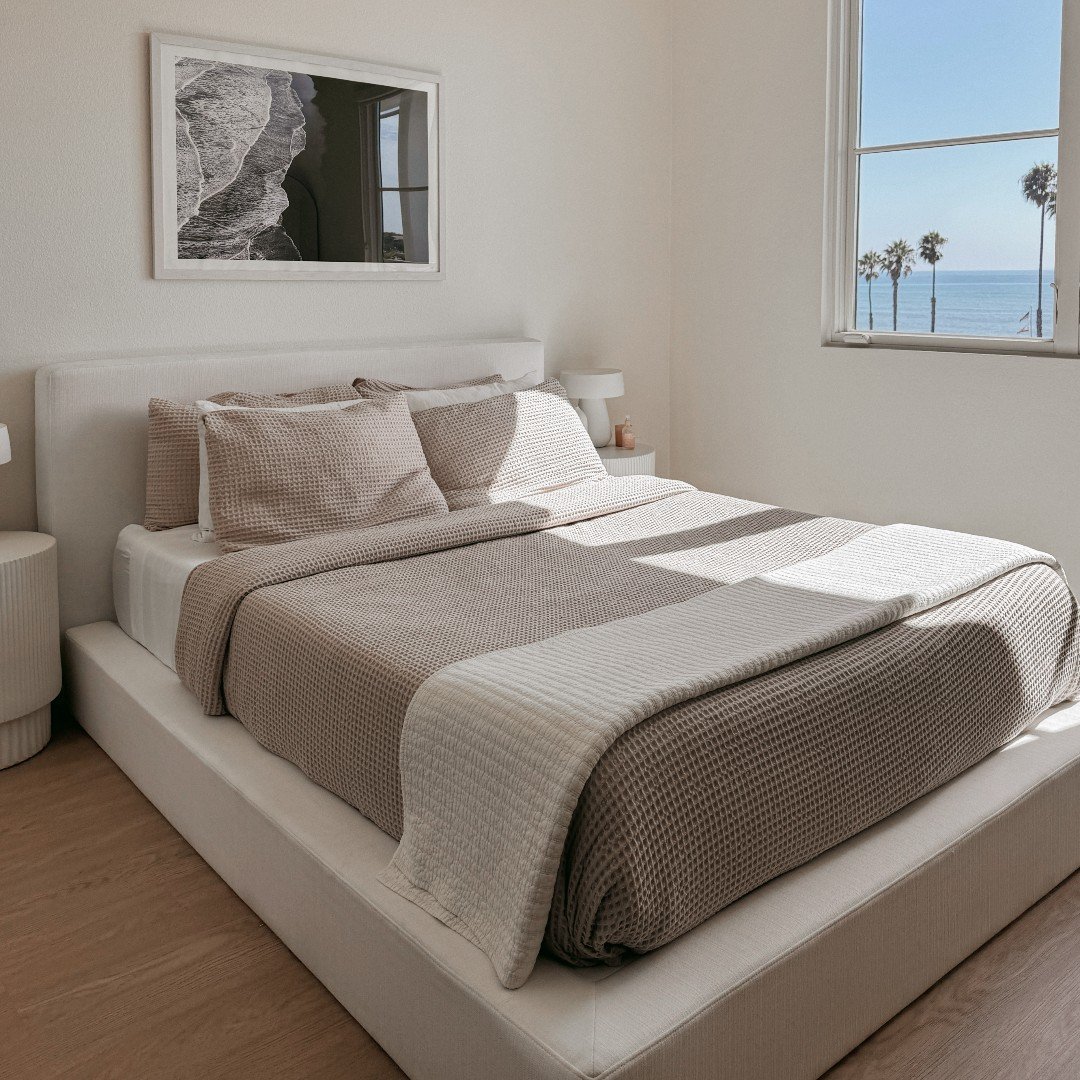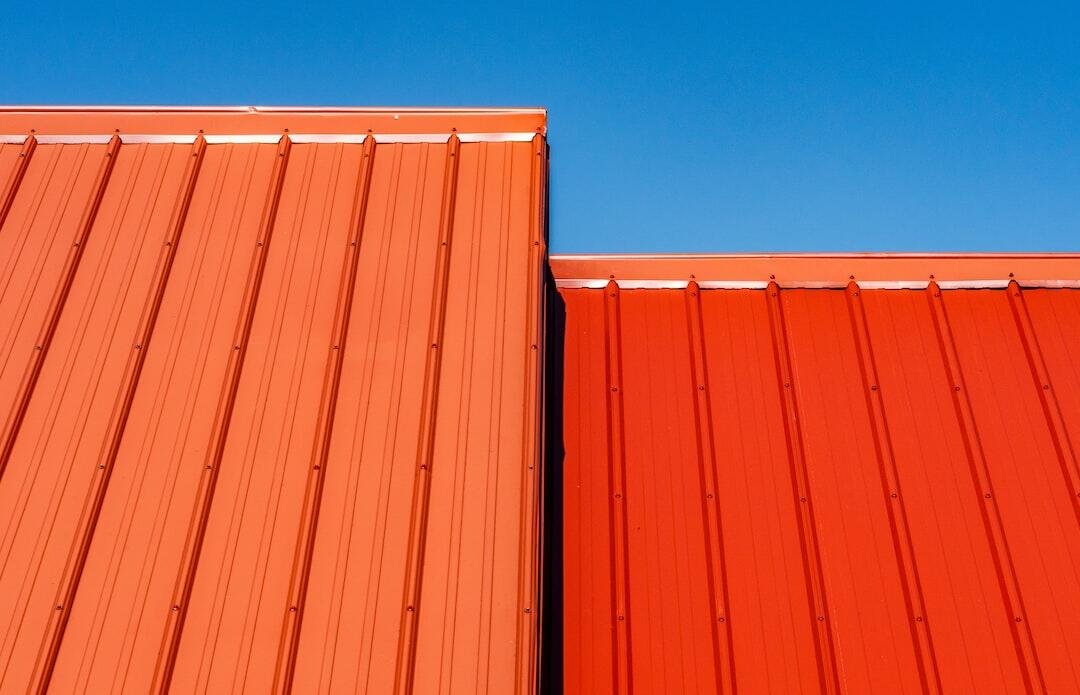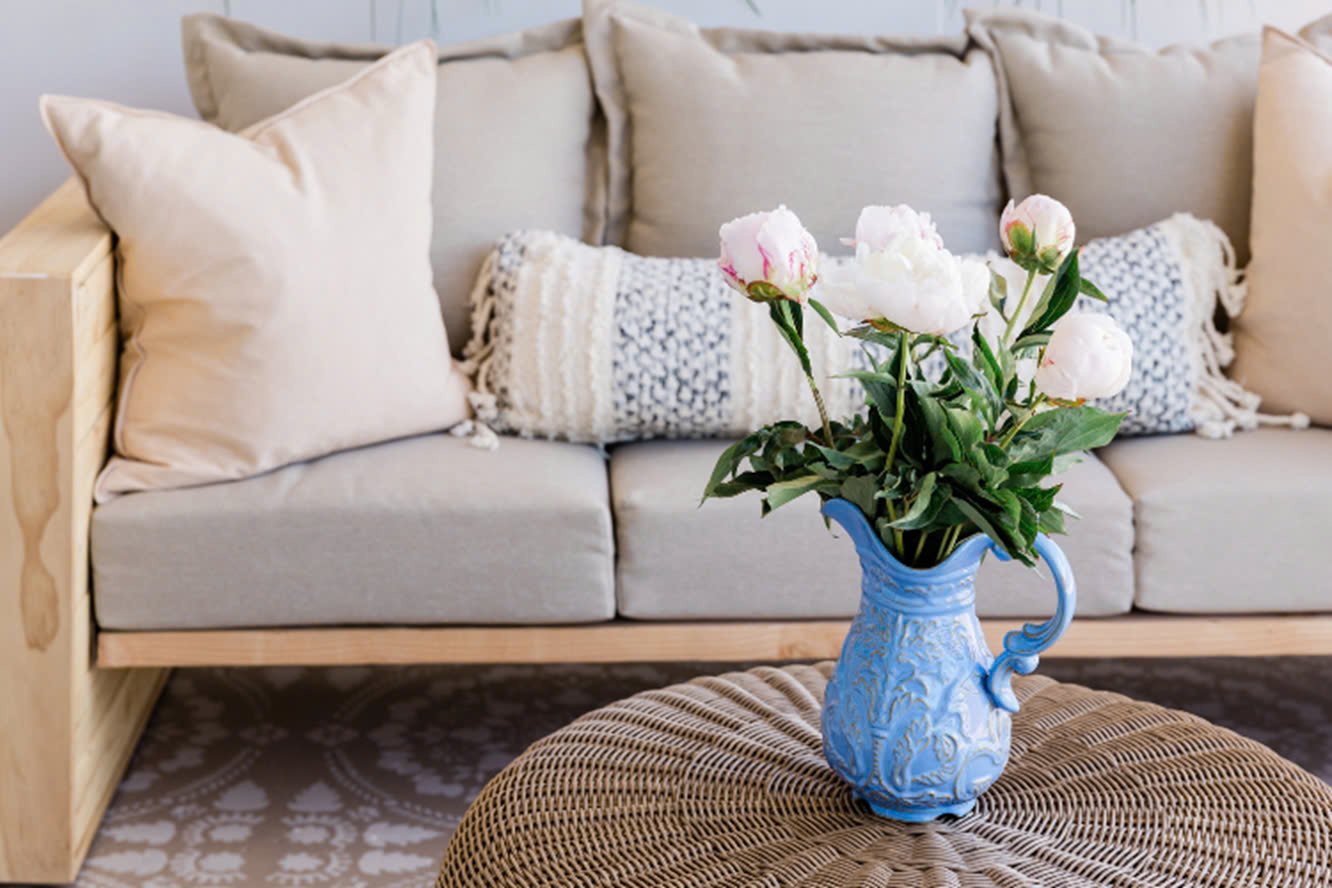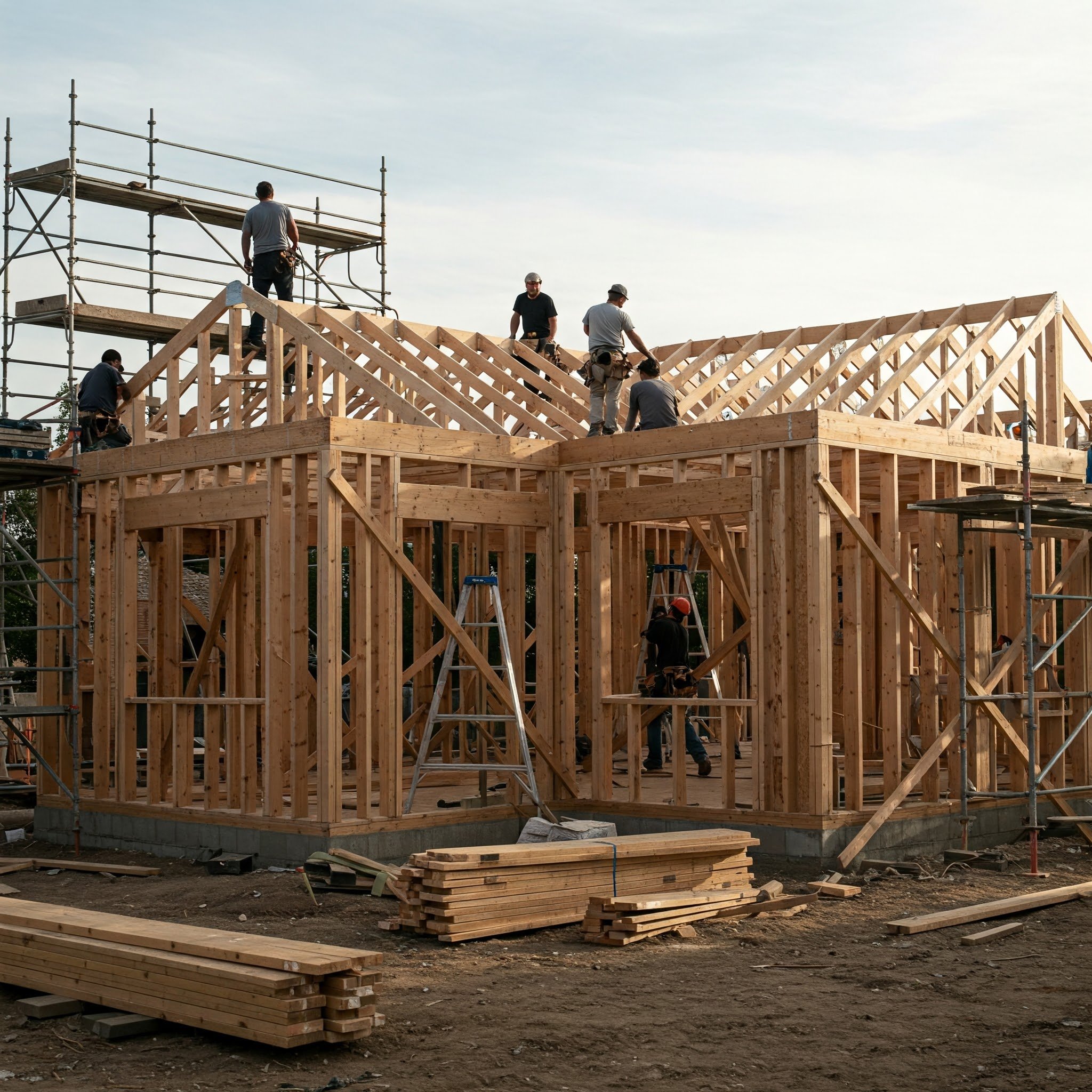Modern Automatic Pergolas for Enhanced Outdoor Living
Explore the latest in outdoor living with modern automatic pergolas, designed to elevate your space with style and functionality.
The word “pergola” comes from the Italian language and means “extension” or “canopy.” In gardening art, a pergola supports grapes or roses to create a natural canopy of climbing plants. The living extension relieves passersby from the heat and creates shaded areas.
In the Middle Ages, pergolas in gardens and vegetable gardens served a practical purpose. Beam structures with slabs were used to grow cucumbers, tomatoes, peas, and grapes. Tennis alleys and verandas were created with the help of climbing plants. Later, pergola models were improved and used to decorate country houses and landscape designs.
Pergola in a modern design
To understand pergolas, imagine a series of columns or pillars of a rectangular or square configuration. Beams are attached to poles at a distance, forming a lattice roof. Ornamental climbing or hanging-type plants are planted at the bases of the columns or along the pergola. The varieties and types of pergola canopies are diverse: some extensions and some extensions are true masterpieces of architectural art.
Automatic pergola
An automatic pergola is a special retractable awning equipped with several support columns. The number of supports depends on the size and type of structure. The functional purpose of a pergola is to protect open areas in the fresh air from direct sunlight for a comfortable pastime. The pergola can be made as an extension to the facade of the building or as a free-standing structure.
Types of sliding pergolas with the possibility of automation:
Pergola with awning made of PVC fabric.
Pergola with rotating slats.
Pergola with rotating and sliding slats.
The pergola can be glazed to provide additional protection for the space. This will protect against strong gusts of wind and heavy precipitation in the form of rain or snowfall. An alternative solution would be to use vertical awnings.
Pergolas can also be equipped with a ZIP system using roller blinds (both manual and automated). Such systems help zone the space and hide from prying eyes. Pergolas can additionally be equipped with automation such as automatic lighting depending on the time of day, infrared heating, wind and vibration sensors, etc. Due to their innovative ergonomic design and engineering possibilities, pergolas are increasingly popular for decorating country houses and summer areas of cafes and restaurants.
How the pergola works
The aluminum blades that make up the roof open by turning at a certain angle. This solution allows for effective and natural ventilation and helps to freely regulate the level of illumination. With one touch of a button or control panel, the pergola will be opened or closed.
Features of automatic pergolas
Built-in drainage and LED lighting.
Color for every taste.
Silent operation.
Capable of withstanding high wind pressure and dynamic loads.
Selectable control, push-button control (switch), or multiple remote-control options.
Fresh air management in enclosed spaces.
Possibility of opening and closing with minimal effort.
Automatic pergolas have very aesthetically pleasing designs and can be used to decorate any space. The sliding roof perfectly shades the area and reliably protects it even during heavy rainfalls. Additional automation regulates the microclimate inside the structure. All awnings and pergolas are manufactured using modern technologies and reliable materials.

